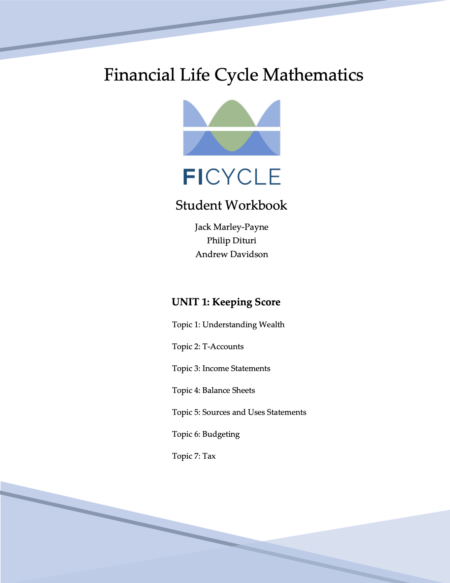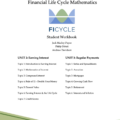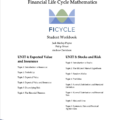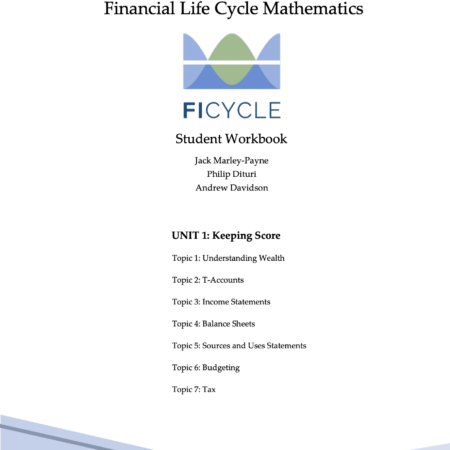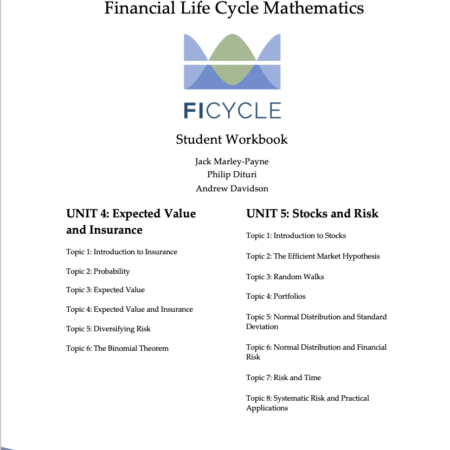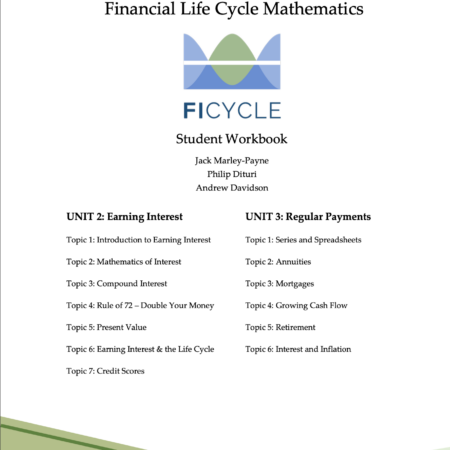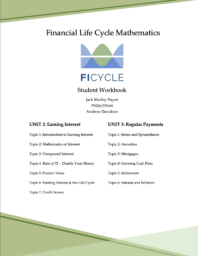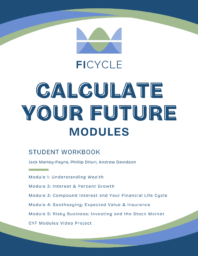FiCycle Workbooks (Full Set)
$50.00
Set of all 3 Financial Life Cycle Mathematics workbooks, containing materials for all 5 units of the Financial Life Cycle Mathematics course. Includes 1 Unit 1 Workbook, 1 Units 2+3 Workbook, and 1 Units 4+5 Workbook.
Workbook 1
Unit 1: Keeping Score
This unit introduces the fundamental concepts for understanding finance. A natural way to think about your financial situation is in terms of the amount of cash you have access to either in your pocket or in your bank account. To plan effectively, though, you need to move beyond cash balance, and think about wealth taking into account your assets and debts. Financial statements allow us to track our wealth systematically, so we can more effectively meet our financial goals. After completing this unit, you will be able to:
– Distinguish between income, expense, asset, liability
– Fill in and read T-accounts
– Create and read income statements
– Create and read balance sheets
– Create and read sources and uses statements
– Create any of the above from T-accounts
– Create financial statements, given a description of a person s financial situation
– Analyze a person’s situation and provide the best financial decision for them
– Research online to find budgeting constraints
113 pages
Workbook 2
Unit 2: Earning Interest
Unit 2 includes the role of interest in loans and investment. It covers math related to exponents, Euler’s number (e) and logs, which is necessary to make interest calculations. This unit also the financial instruments that are used to transfer consumption, and how they can help people achieve their financial goals
Unit 3: Regular Payments
Unit 3 helps to understand regular payments. It shows how to calculate arithmetic and geometric series and apply this math to payment series. It also covers the financial problems that require regular payments, from retirement to home-owning, and the financial instruments that are used.
162 pages
Workbook 3
Unit 4: Expected Value and Insurance
Unit 4 shows how to model and manage financial risk. It covers the financial tools that are needed, in particular the central types of insurance. It also teaches the mathematics required to evaluate risk: probability, expected value and the binomial theorem.
Unit 5: Stocks and Risk
Unit 5 introduces the stock market, and the key concepts required to invest in it. It shows the probability and statistics required to calculate risk associated with stocks. It also shows how different financial tools help manage the risk through diversification.
Financial Life Cycle Education Corp (FiCycle) is a non-profit 501 (c)(3) organization.
CONTACT US
Financial Life Cycle Education Corp
65 Bleecker Street
5th Floor
New York, NY 10012
